It keeps pests and pathogens at bay and helps healthy plants to grow abundantly. This, in turn, benefits humans and animals because we can only feed ourselves optimally with healthy food. The soil is the basis for life on earth and its condition has a direct effect on the quality of our food: If the soil is not well, even the best seeds, targeted fertilization or plant protection measures are useless.
More people, less land
Despite its importance, too little attention has so far been paid to the soil. The fact is that in Switzerland up to 840,000 tonnes of soil are washed away from agricultural land every year. Worldwide, the figure is around 23 to 26 billion tonnes, which corresponds to a loss of one percent per year (according to LID and NFP 68).
At the same time, the globalisation of agricultural trade has meant that rich countries with little land are increasingly having their food crops grown abroad. According to a study by the Federal Office for the Environment (FOEN), around 60 percent of the environmental pollution caused by Swiss consumption and production currently occurs abroad. And the number is increasing because the population is growing, while the agricultural area is shrinking. It should also be borne in mind that the areas with the most fertile soils are being built over, while the naturally unproductive areas in the mountains are being used much less frequently as settlement areas. Ticino lost most of its agricultural land between 1985 and 2009, with a minus of 16 percent. Where farming was abandoned, bushes and forests arose, which is why the canton is now covered in forests in many places. Development in the canton of Valais is going in the same direction.
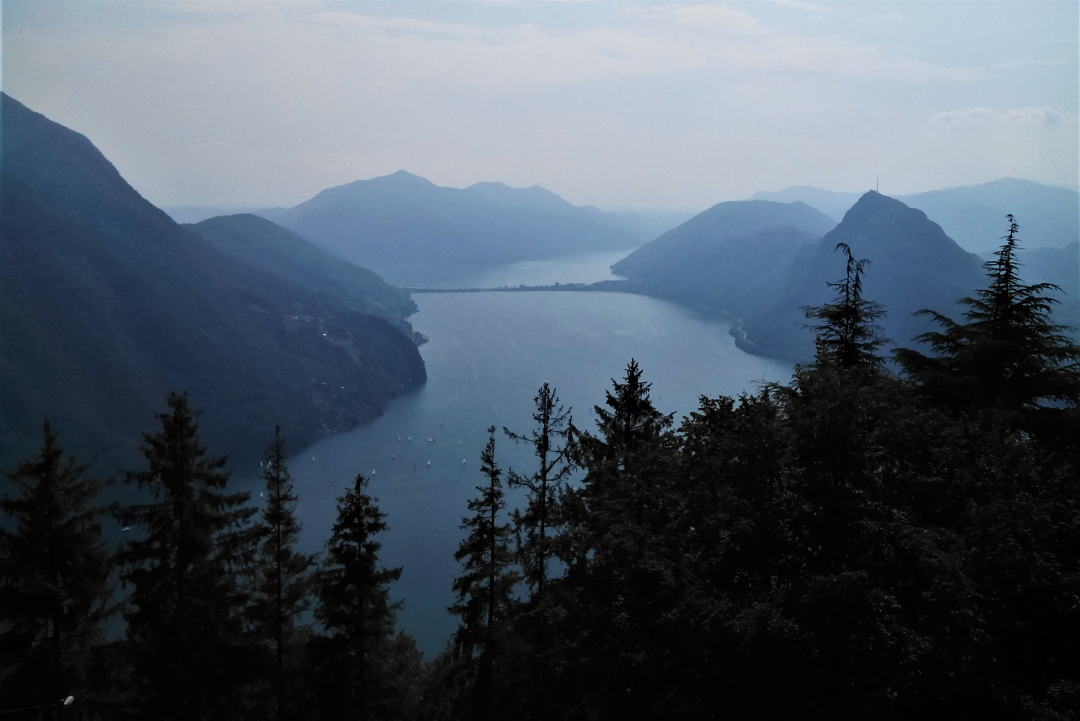
Humus disappears as a nutrient reservoir
In Switzerland, 1.1 square metres of agricultural land are lost every second. Our soil not only shrinks as a result of building over, it also loses humus. Humus is defined as the total dead organic matter in the soil. It is so important because it protects the surface from erosion and its components are an excellent store of plant nutrients and important for soil organisms.
Throughout Switzerland, many purely arable farms have negative humus balances and formerly fertile peat soils are increasingly sinking, which is attributable to very intensive cultivation.
At the same time, with the mechanisation of agriculture, which involved machines weighing up to 60 tonnes, the soil is becoming increasingly compacted, which can lead to disruptions in the supply of water, air, nutrients and heat and promote flooding and erosion.
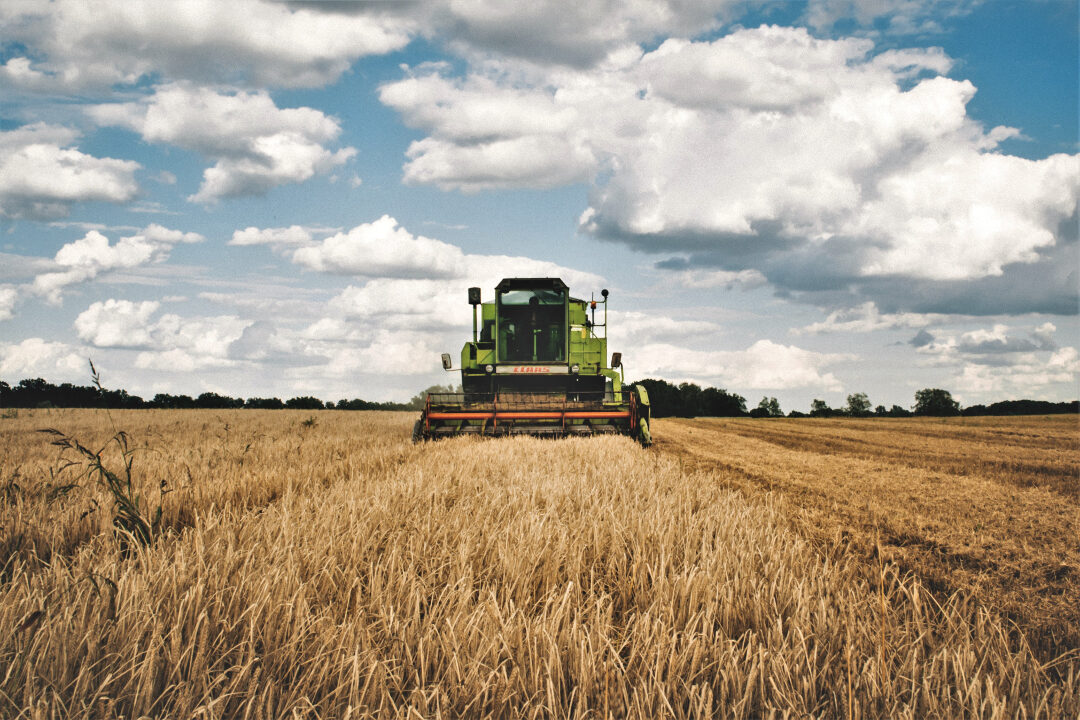
Rich soil life without herbicides
The humus content can be increased by organic fertilizers such as manure or compost. If the minerals are in equilibrium and the soil receives enough oxygen, fewer herbicides and pesticides are needed thanks to healthy plants and a rich soil life. A research team from the Bern University of Applied Sciences and Agroscope have even been able to prove within the framework of the National Research Programme (NRP 68) that direct seeding in combination with green manure makes the controversial herbicide glyphosate superfluous.
More taste thanks to own compost
Jakob Bürgi from Feusisberg has been composting green waste since 1996. Not only has the humus layer increased in size, but weeds such as dock have also decreased. “My soil is darker and crumpier because it contains more oxygen and is kept loose by microorganisms (bacteria). The roots of the plants also reach much deeper,” explains the organic farmer from the canton of Schwyz. Because the nutrients in its compost (in contrast to conventional fertilizers) are not water-soluble, the plant can make much better use of them. “The vegetables become more aromatic, richer in nutrients and less watery,” says Jakob Bürgi.
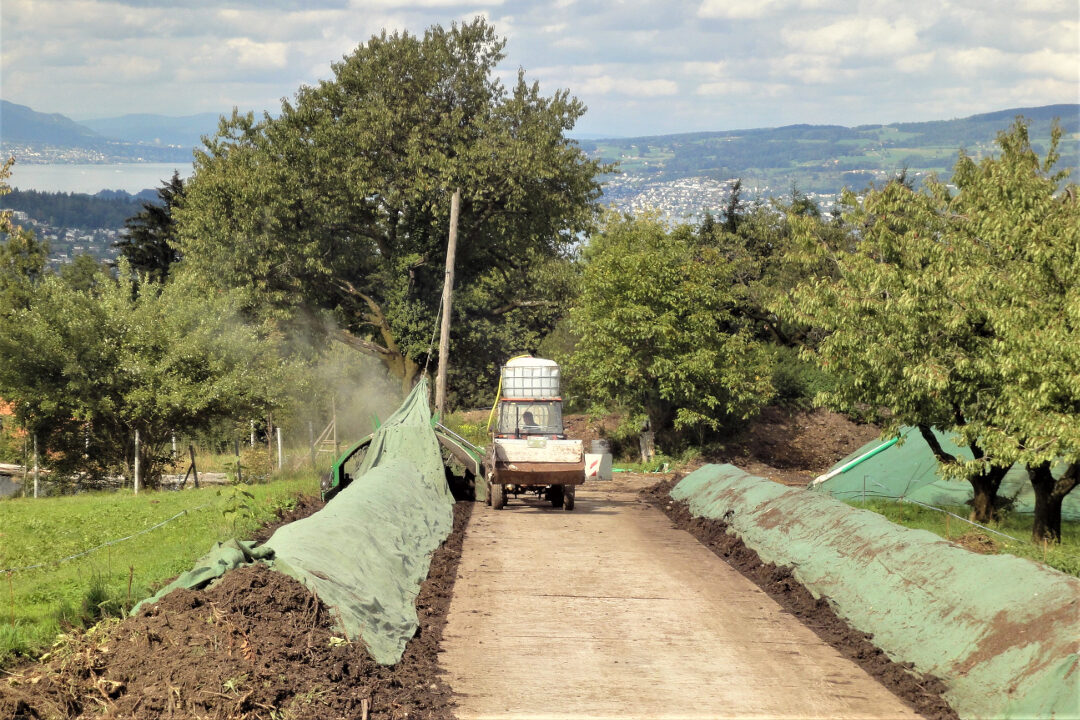
Although he himself needs a large part of the 500 tons of compost he produces annually for his own business, direct sales to nurseries and private individuals are becoming increasingly important. “People can not only buy my compost, they can also harvest the vegetables in our large garden themselves,” explains the innovative farmer, hoping that more attention will be paid to the soil in the future.
Click here to go to Jakob Bürgi’s farm.
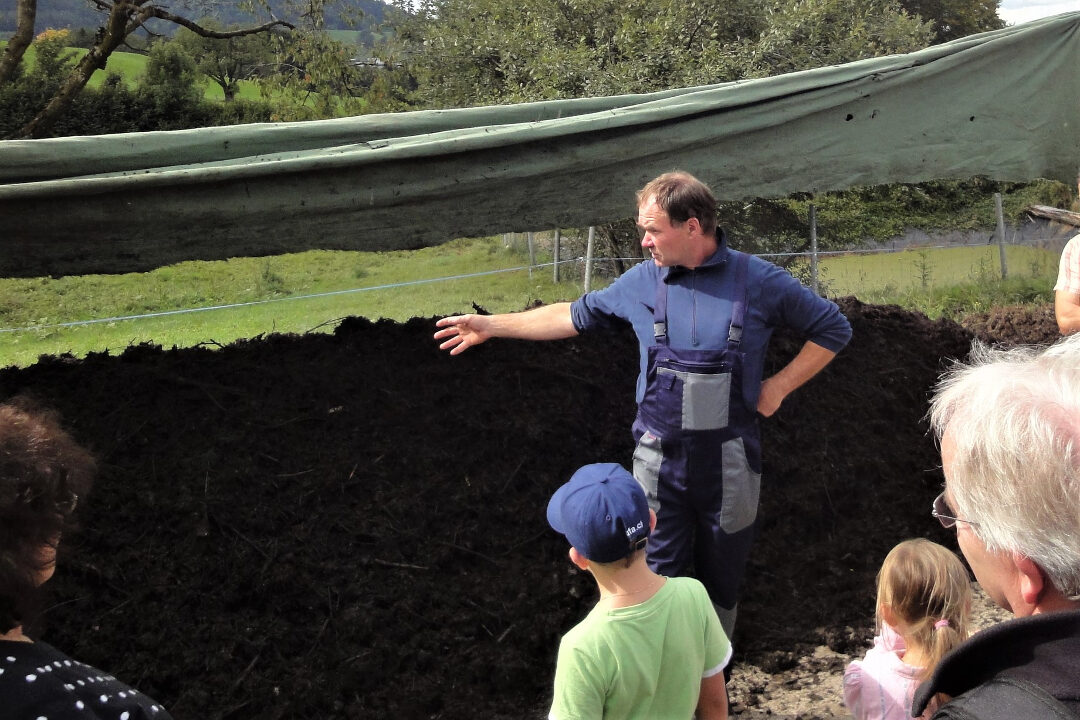
Sources: Nationales Forschungsprogramm (NFP 68). Nachhaltige Nutzung der Ressource Boden. Medienmitteilung der Berner Fachhochschule 2016. Zollikofen: BFH-HAFL. Dudda, Eveline. (2015). Boden unter Druck. Landwirtschaftlicher Informationsdienst LID, 2015 (472). Bern: LID.

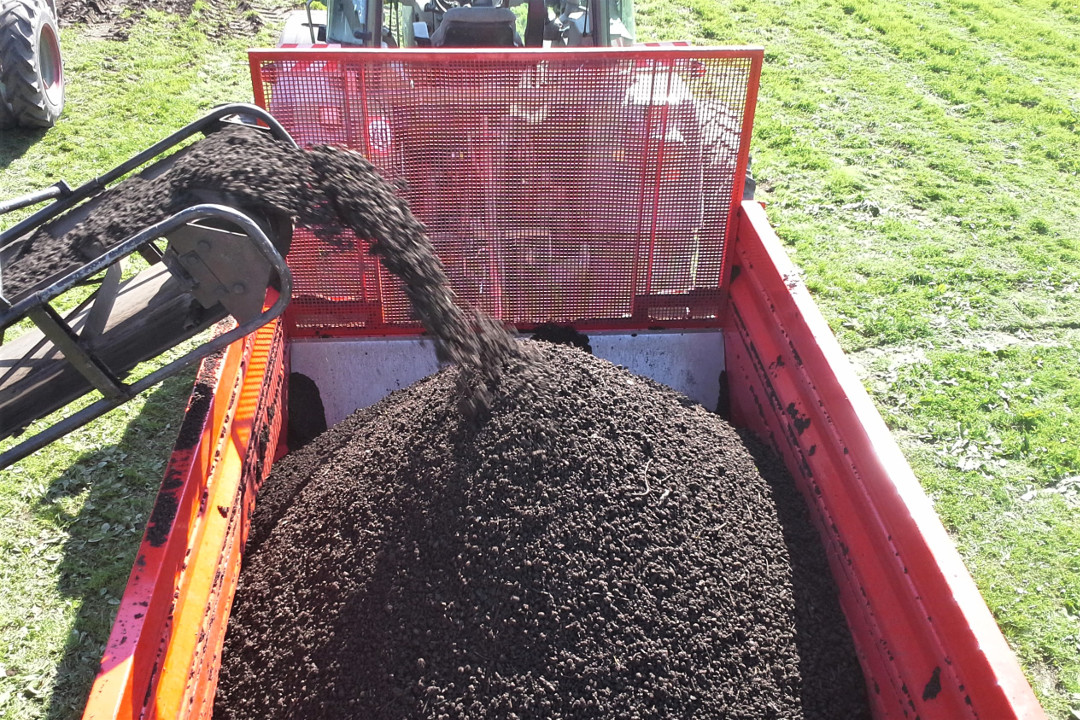
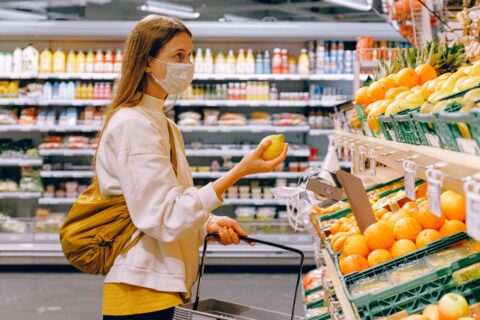


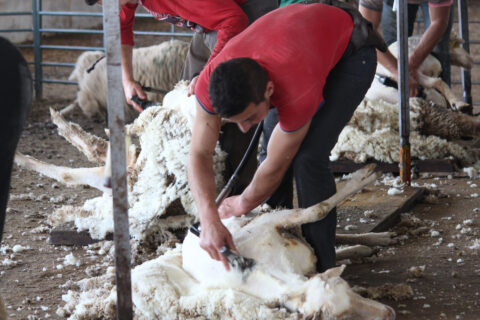
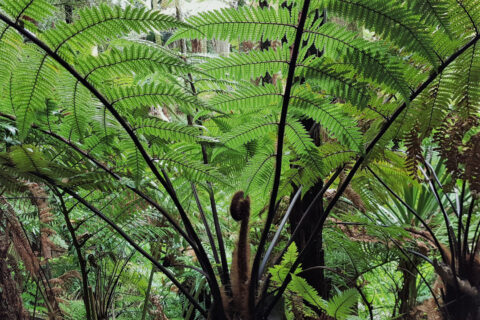
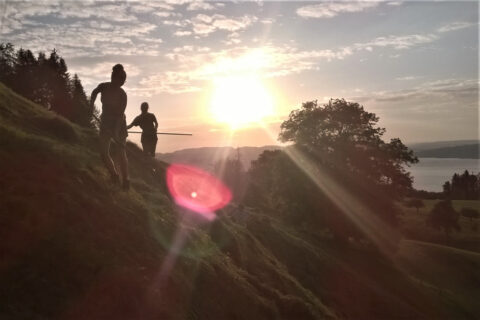
Leave a comment